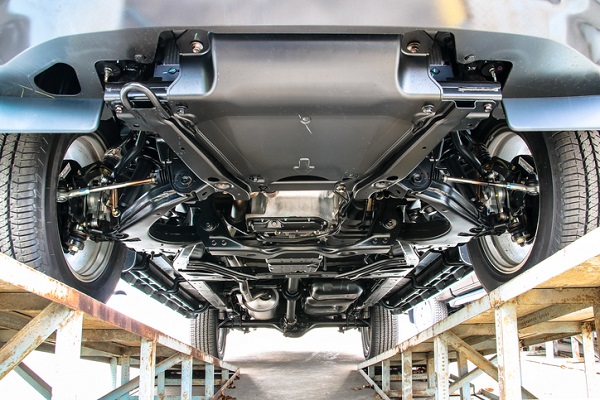
There are so many technical terms in auto engineering that it’s normal to shorten them down to abbreviations. When you read a review online or in a magazine you’ll likely be bombarded by these abbreviated terms, but some are more important to recognize than others.
Individual vehicle manufacturers often develop their own abbreviations to describe their technology, but many other terms are used universally in the automotive and auto repair sector. Here, up-and-coming auto mechanics can get an insight into some of the more important terms, to make it easier to talk to colleagues about complex problems in the workplace.
ABS – Prevent Skidding with an Anti-lock Braking System
The Anti-lock Braking System has become an ever-present feature of modern vehicles. It’s an electronic system that sees sensors attached to each of the wheels. These sensors can detect when the wheel is about to lock up, so a signal is then sent to the overall system to release the brakes temporarily. This keeps the wheels moving for a brief moment, thus preventing a dangerous skid from occurring during heavy braking. It’s a highly valued feature in vehicles these days, and maintenance of the ABS is an important duty carried out by graduates of auto technician courses.

AFM – Active Fuel Management Makes a Vehicle More Efficient
The cylinders in the engine are where the combustion process occurs, providing the power to get the vehicle moving. V6 engines have six cylinders, V8 engines have eight, and so on. The more cylinders there are, the more fuel that’s being burnt, thus increasing the number of trips to the fuel pump. Active Fuel Management is a General Motors (GM) technology that allows the engine to turn off half the cylinders when high power output isn’t necessary. Technology similar to AFM could also be referred to as MDS (multi displacement system), or VCM (variable cylinder management) in non-GM cars.
ECU – Learn about the Electronic Control Unit at Mechanic School
The Electronic Control Unit is a crucial auto component that allows the engine to operate effectively. It’s connected to sensors around the vehicle, like the crankshaft or camshaft, which allows the ECU to dictate the desired amount of fuel injection needed. A vehicle has many different ECUs for the transmission, ABS, air bags, and other components. These are sometimes scattered around the vehicle, or all the ECUs could be located within a Powertrain Control Module (PCM).
ICE – Internal Combustion Engine/ In-Car Entertainment
Some automotive abbreviations may have double meanings, so just take context into account when trying to understand which one is right. ICE, or Internal Combustion Engine, refers simply to the engine of the vehicle, no matter what type of gas it’s being powered by. You can also use ICE to refer to In-Car Entertainment when you become a mechanic. Vehicles these days are increasingly being loaded with new gadgets, whether it’s TV screens for passengers, Bluetooth compatibility, or powerful speakers.
RPM – Revolutions Per Minute Is a Way to Measure Engine Performance
This is one of the most common automotive abbreviations around, but do you know exactly what it represents? Revolutions per Minute refers to the amount of crankshaft rotations. This part of the engine gets the pistons moving up and down in the cylinders, where the combustion process takes place. The higher the RPM, the more those cylinders are made to work. The figures are represented on the tachometer, which is commonly found beside the speed dial on the dashboard.

Mechanic school could be the fresh start you’re looking for in your working life.
Check out how Automotive Training Centres will get your new career up and running.

